Sultanite: what is it, who is it suitable for and how to distinguish a fake?
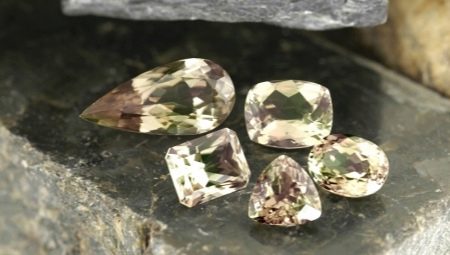
Sultanite is a rare gem of extraordinary beauty with alexandrite effect and fragility. It is able to change color depending on the lighting and collapse during processing from one wrong movement of the master. The jewelry and healing properties of the mineral have found many admirers all over the world. Not only jewelry is valuable, but also individual natural crystals.
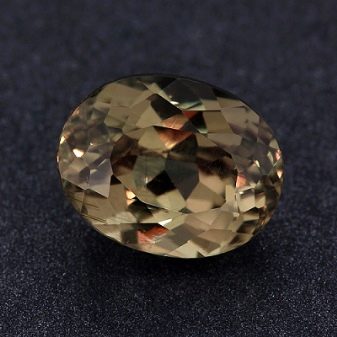
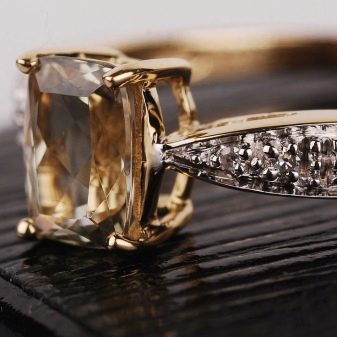
Origin story
There is a version that the extraction of the sultanite began in Turkey. The name itself suggests that only rulers, nobility and very rich people of the East could afford jewelry made of the most beautiful bright iridescent stone. Legend has it that the sultans wore rings with a Turkish stone and decorated their clothes with them. State seals were cut from the mineral. Jewelry from the Sultanite was presented as a gift to wives and concubines.
However, it is reliably known that the first deposits of stone were discovered in Russia in the 18th century near the Ural village of Kosoy Brod. When mining iron ore, attention was drawn to a hitherto unknown stone, which was named ferruginous kyanite. Russian scientist Iosif Tanatar took up the study of the mineral and compiled a description of it. Hence the second name of the mineral - thanatarin.
Due to its fragility and difficulty in processing, the Russian mineral turned out to be unsuitable for jewelry.
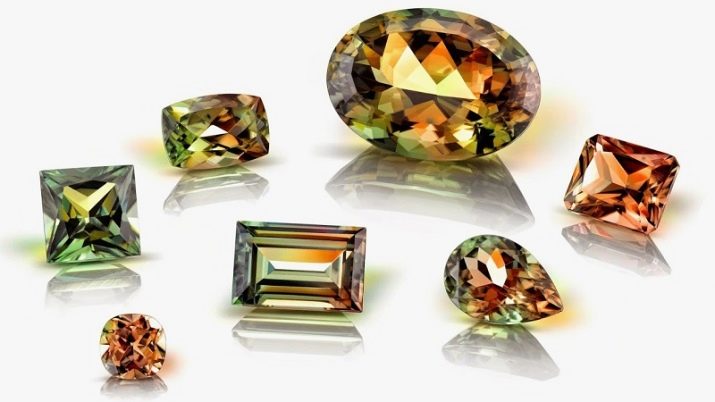
Together with the Ural gems, the stone came to Europe into the hands of the French geologist Rene Just Gayuy. For its ability to crack during heating, he christened it a diaspora from the ancient Greek "crumbly".This name stuck and became official for the mineral.
The stone would have remained the property of collectors-mineralogists, if in the 70s of the last century in the Turkish mountainous region of Anatolia, samples of the diaspora of extraordinary beauty, possessing high jewelry value, had not been found. The stone began to be smuggled out, and there was no legal commercial extraction. Millennium Mining Co, having obtained mining rights and an export license, has become the only supplier of jewelry to the diaspora in the world. The stone owes its commercial name "zultanite" or "sultanite" to the founder of the Murat Akgun company.... Thus, he wished to pay tribute to the memory of the famous dynasty of 36 sultans, which ruled in Turkey since the 13th century.


Where is it mined?
The most beautiful and high-quality gem for jewelry purposes is mined, as before, in Turkey. The largest deposit is located high in the Anatolian mountains near the village of Selimiye. Extraction is difficult due to the fragility of the stone. According to statistics, only 2% of mined gems become gems. The rest crumble during processing. In a cut, you can get sultanite up to 25 carats. The Turkish authorities keep information about the reserves of the Sultanite in the strictest confidence, so the purchase of a rare stone is considered a good investment. Minerals from Asia, Africa and Europe are significantly inferior in quality to Turkish ones, but they are also applicable in jewelry, as inserts in jewelry.
In Africa, the mineral is mined in the Kalahari Desert and Madagascar. In Europe, small deposits are being developed in Hungary and Norway. The homeland of American stones is Massachusetts. There are Australian, Uzbek, Azerbaijani, Chinese minerals. In Russia, diasporas are mined in the Urals in the Saranovskoye and Kosobrodskoye fields, as well as in Yakutia. Due to their opacity, these minerals are not of gem value.


Properties
Let's consider the main characteristics of the mineral.
Physicochemical
Sultanite is quite rare and incredibly beautiful stone.
- Chemical composition. Diaspora is a natural alumina oxyhydrate that combines 85% aluminum oxide and 15% water. It is the water ions that are responsible for the fragility of the stone. Impurities of chromium, gallium, iron, lead in different proportions can also be found in the mineral.
- Colour... There is a stone of white, yellow, gray, pink, purple colors with a glassy and pearlescent luster. The rays of light falling on the sultanite determine its color at one time or another. For this quality, he was dubbed the chameleon stone. In bright artificial light, it becomes amber, yellow. In the sun - grassy green. In low light, it turns pale green or brown.
- Hardness... 6.5 to 7 units on the Mohs scale. Density - 3.2-3.5 grams per cubic centimeter
- Transparency... There are transparent and translucent stones.
- Characteristics of crystals. Lamellar are found most often. Needle and columnar crystals are less common.
- Symmetry type - rhombic.

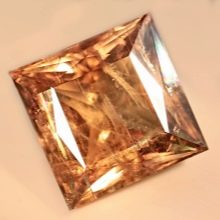
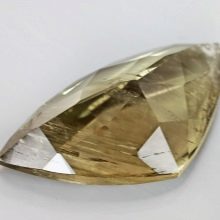
Therapeutic
The healing properties of the sultanite have not been proven by science. It is believed that the mineral can contribute to recovery from colds, pain in the spine, heart and vascular diseases, disorders of the psycho-emotional state, depression.
Lithotherapists recognize the properties of the stone as an indicator of human health. The stone dims, loses its shine if the owner gets sick. If the disease is not treated, it can crack and crumble.


Magical
Peaceful joyful attitude towards life brings stone to its happy to the owner:
- creative person he gives inspiration and lightness;
- sage, teacher, philosopher - the ability to concentrate and find solutions to serious problems;
- clairvoyant healers - strengthening of intuition and development of psychic abilities.
The mineral gives its owner strength and confidence in himself, gives energy to start a new business and bring it to an end, protects against the influence of energy vampires, helps in preventing quarrels, disagreements, and is simply able to cheer up.


The sultanite attracts the benevolent attitude of others to its owner. The stone is equally loved by both women and men. It helps ladies to maintain calmness and sound mind in various situations, and bestows fortitude and intuitive abilities to the strong half of humanity. There is a belief that the happiest and most positive energies are brought by stones weighing 5.55 or 7.77 carats..
Fortune-tellers and seers give special magical significance to the gem. With the help of the diaspora, they predict the future. First, the crystals are given to the client to hold in his hands. Then they throw it on hot coals. The future is read from the cracks and remains of the stone after the ritual.

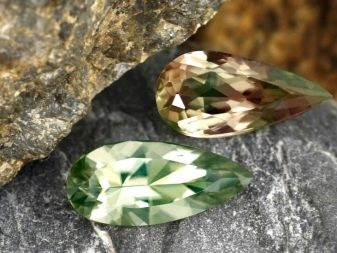
Varieties
The impurities included in the composition of the stone determine its color.
There are three types of sultanite according to this criterion:
- colorless, pink (manganese admixture);
- yellow-brown, amber color (iron admixture);
- green (chromium impurity).
By the quality of the stone, its deposit and the scope of its application, they are distinguished:
- zultanite is a stone of Turkish origin of the highest gem quality;
- thanatarite - a two-color mineral mined in Russia;
- diaspora is the most fragile mineral; it is destroyed by high temperatures.
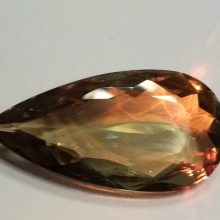
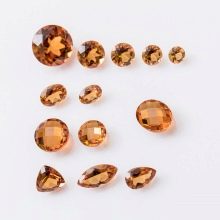

How to distinguish from a fake?
Experts say that it is impossible to forge the sultanite. However, hydrothermal sultanite can be found on sale. This is the name of an artificially grown mineral. Due to the increased demand for a rare stone with unique properties, a gem has been synthesized in Turkey. In terms of its properties, it does not differ from natural stone, but it has a higher strength and is easier to process. In an autoclave at high pressure and a temperature of 280-1000 ° C, the aging process of gels of aluminum oxide hydrate is carried out, as a result of which a man-made mineral is born.
On the jewelry tags you can see the names "synthetic sultanite" or "sultanite-sitall". This is an imitation crystal created using the latest technology patented by Russian scientists. It is based on compounds of aluminum oxide and silicon dioxide, to which are added the components necessary for obtaining sultanite-sitall.
The synthesis takes place at a temperature of about 1700 ° C. The artificial stone born in this way has absorbed all the best from natural minerals, eliminating their disadvantages from their properties.
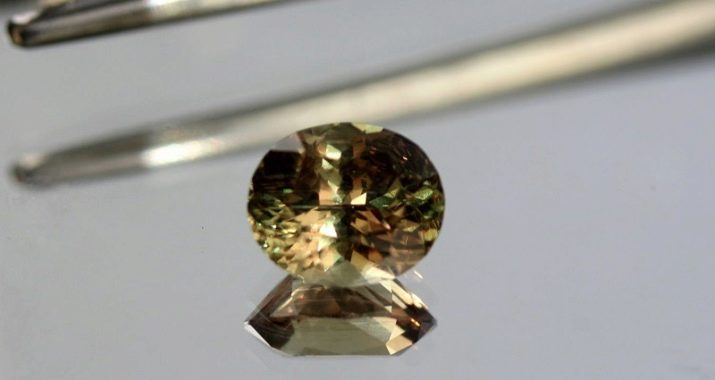
Natural and synthetic minerals differ in color, the transition from one color to another. But only an experienced specialist can notice them. It is impossible for an ordinary buyer to visually distinguish between a semi-precious stone of natural origin and synthetics. If you are looking to purchase a natural stone, it is important to remember several factors.
- It is better to purchase a mineral or jewelry in places with a proven high reputation, having documents for every stone.
- Check the quality certificate. The note "Sultanite g. T." has an artificial stone.
- Look at prices... Due to its rarity, the mineral is highly valued. The price of a real natural stone is comparable to the cost of a diamond and above. The cost of synthetic is kept at the level of pomegranate and topaz.
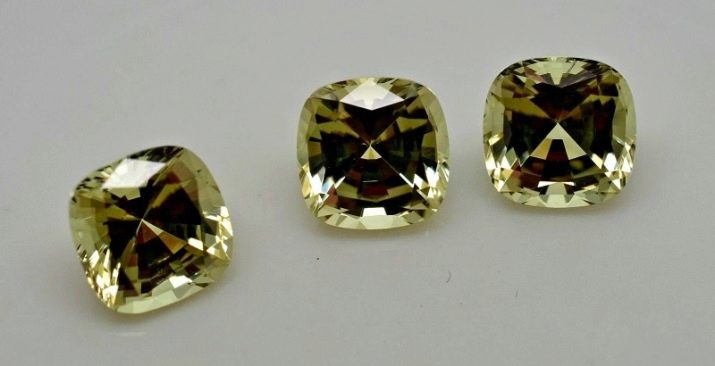
Application area
Jewelers are attracted by the glassy luster of the gem. High gem quality sultanite is used for making jewelry: rings, earrings, bracelets, pendants, pendants and their sets. Thanks to their iridescence, the jewels are unusual and sophisticated. The brilliant stone adds attractiveness to women, but is also loved by men who love the rings with this mysterious stone with mystical properties.
Expensive items are set in gold or platinum frames.A noble stone does not like low-grade materials. There is a belief that the jewelers of the East, with the help of the sultanite, verified the authenticity of gold. Near fake metal, the gem loses its luster, but as soon as it is brought closer to real gold, it shines again.
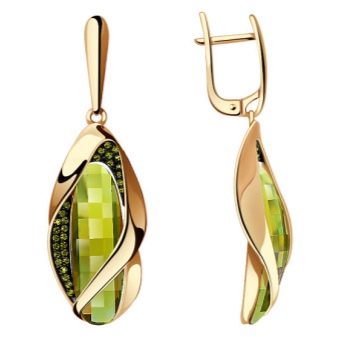
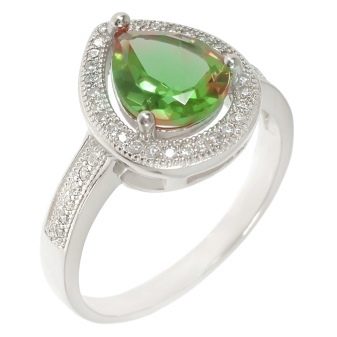
Sultanite, framed in gold, looks perfect with clothes of golden and yellow colors. Gives its owner a luxurious royal look. The bright and rich color of the stone in the rimless product will be emphasized by the monochromatic clothes of a cold shade. The gem also looks harmonious in a silver frame. Among esotericists, it is believed that silver, purifying a person's aura, enhances the magical properties of the sultanite. Such jewelry can become wonderful talismans and amulets for their owners.
The gem looks good together with white, green, black, transparent stones such as pearls, diamonds, onyx, as well as blue, blue, purple (aquamarine, agate, turquoise). Red stones and sultanite are incompatible.
Diaspora, "rejected" by jewelers, is one of the components of aluminum ore, on the basis of which refractory materials are produced.
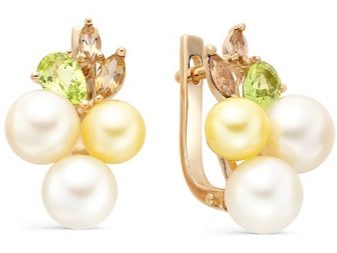

Who is it suitable for?
Sultanite has a very soft positive energy, therefore it is suitable for representatives of all signs of the zodiac. It is believed that the stone has a fiery nature and will bring the greatest benefit to people born under the sign of Aries, Leo and Sagittarius. The Sultanite will help them develop talents, creativity, improve intuition, help make the right decision, strengthen partnerships, be they friendly, family or romantic.
In second place are earth signs. For Taurus, Virgo, Capricorns, the gem will add cheerfulness, emotionality, help implementation in society. Overly practical representatives of the elements of the Earth will teach to dream, improve imagination.


Water signs Cancer, Scorpio, Pisces will protect against negative energetic influences, give strength and confidence to repulse violators of personal boundaries. The life of changeable air signs: Gemini, Libra will make it more definite and stable.
The longer a stone is worn, the more clearly its influence is manifested in a person's life. It should be remembered that the stone is always selected individually. By giving preference to your own feelings and emotions when interacting with a stone, you will always make the right choice.


Care of stone products
Sultanite is a very fragile stone and requires special attention during cleaning and storage. It should be protected from falls and bumps, even the smallest ones. Do not expose it to ultrasonic cleaning. From such a procedure, it can exfoliate. The stone should be washed with a mild soapy solution without the use of aggressive chemicals or household chemicals.
To avoid damage, it is advisable to store it separately from other stones in a cell with a soft dense cloth or in a bag. Do not store jewelry in the bathroom or near heating appliances.

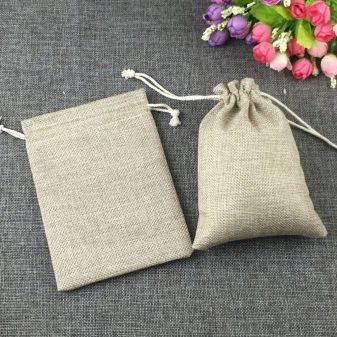
The next video is a story about the sultanite.








